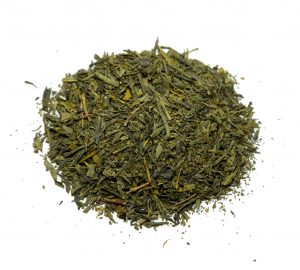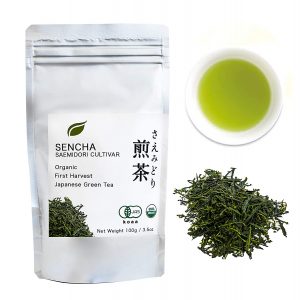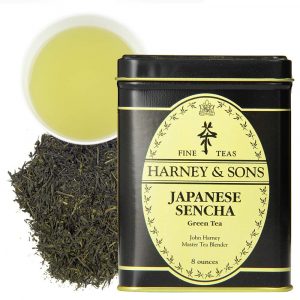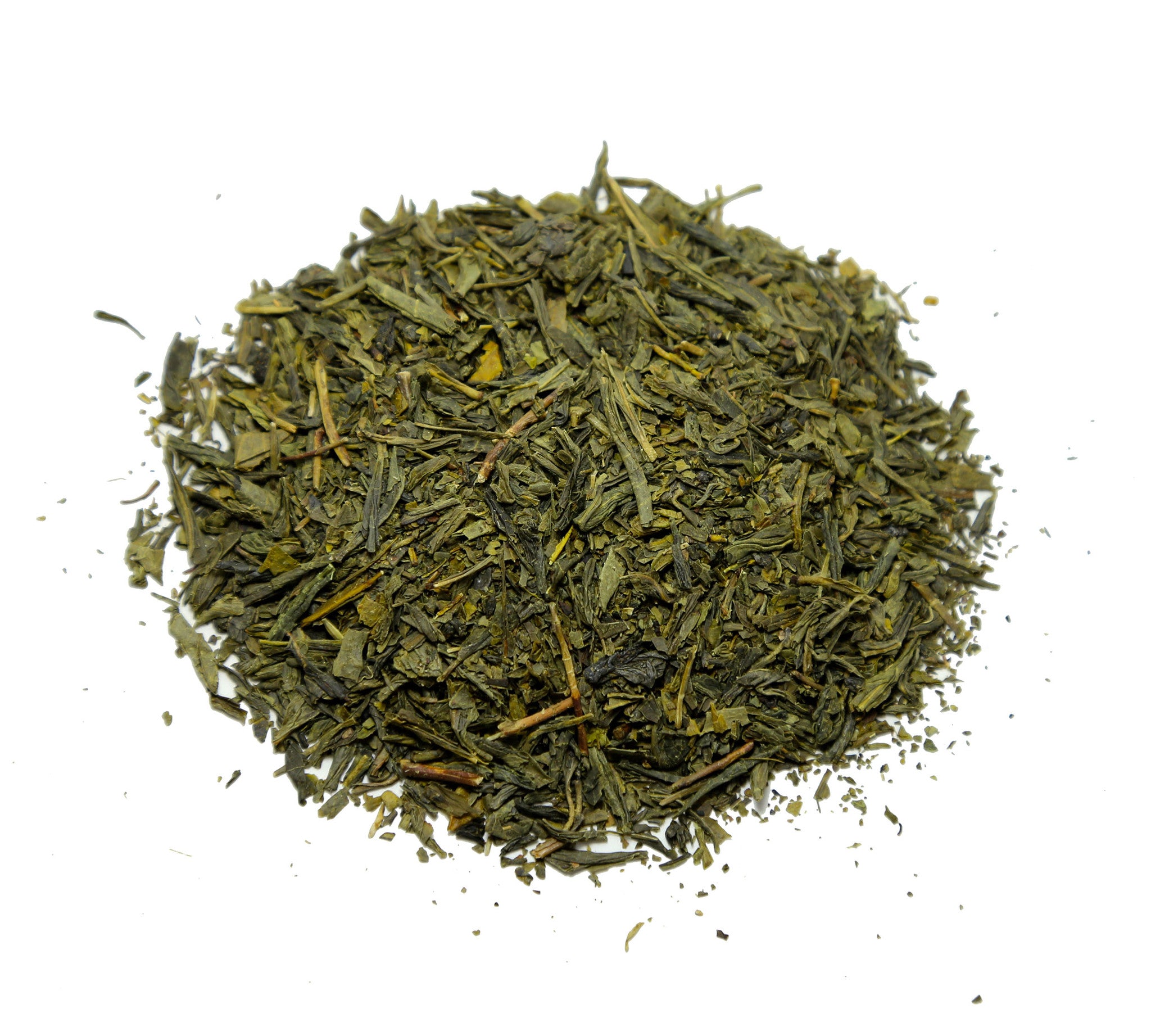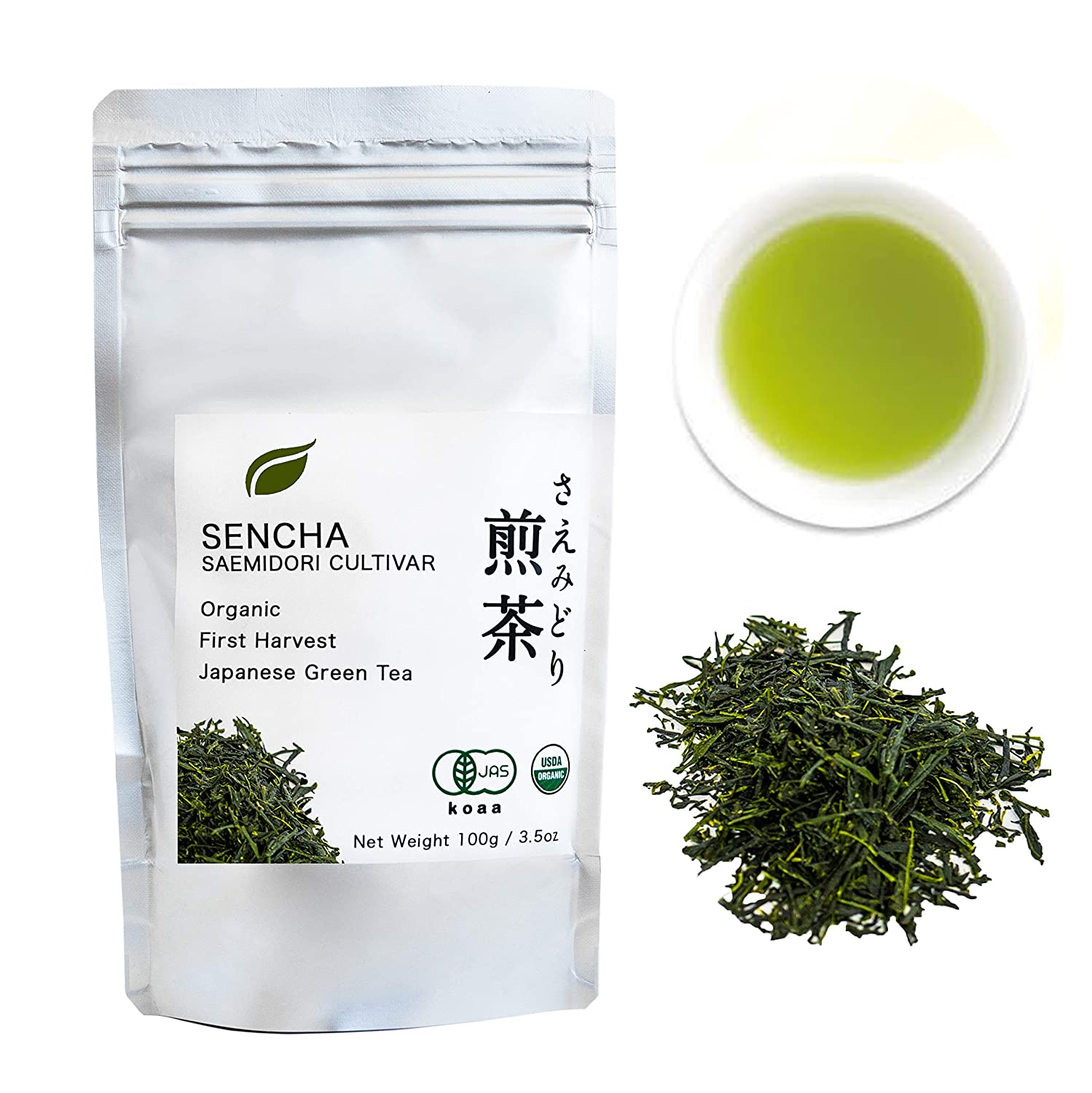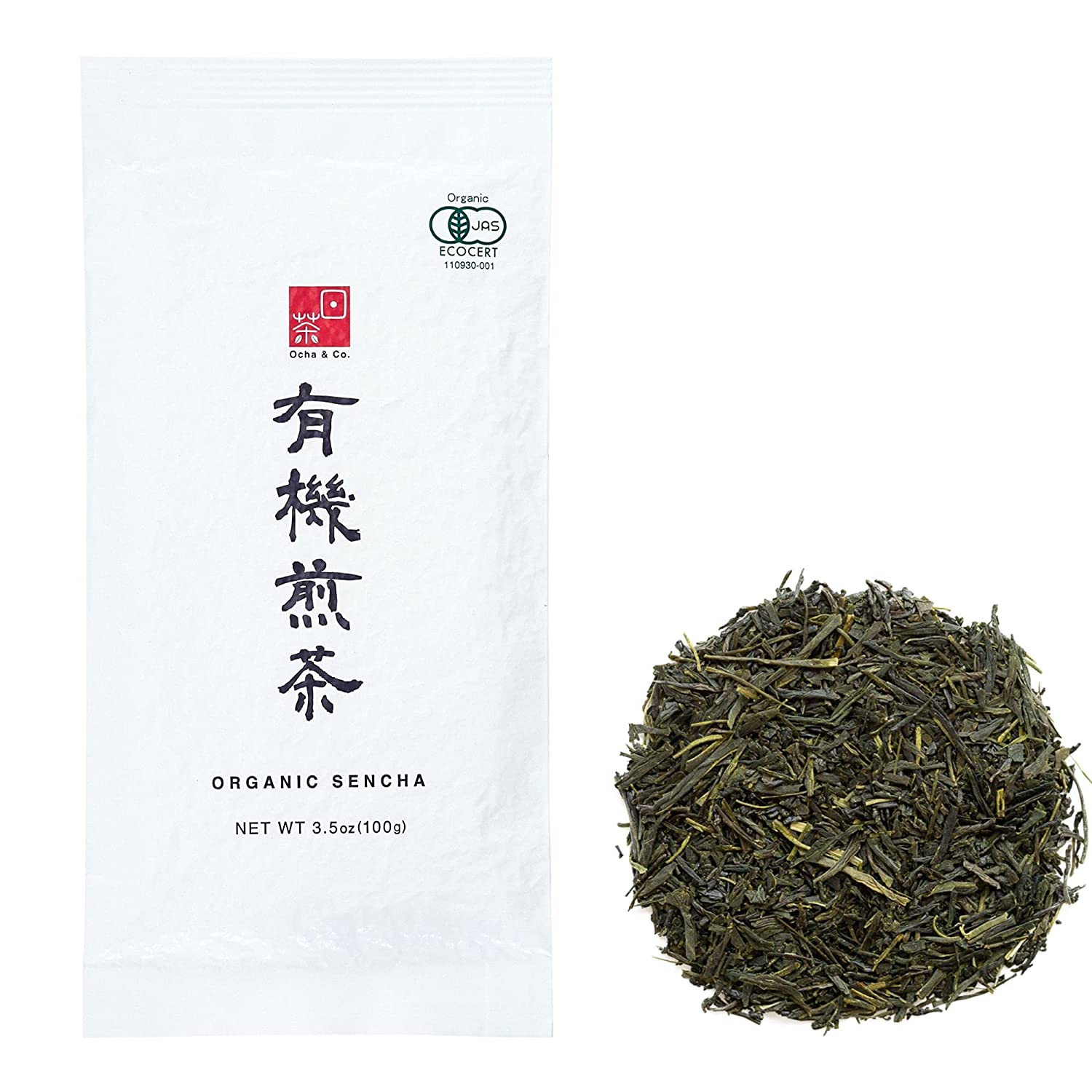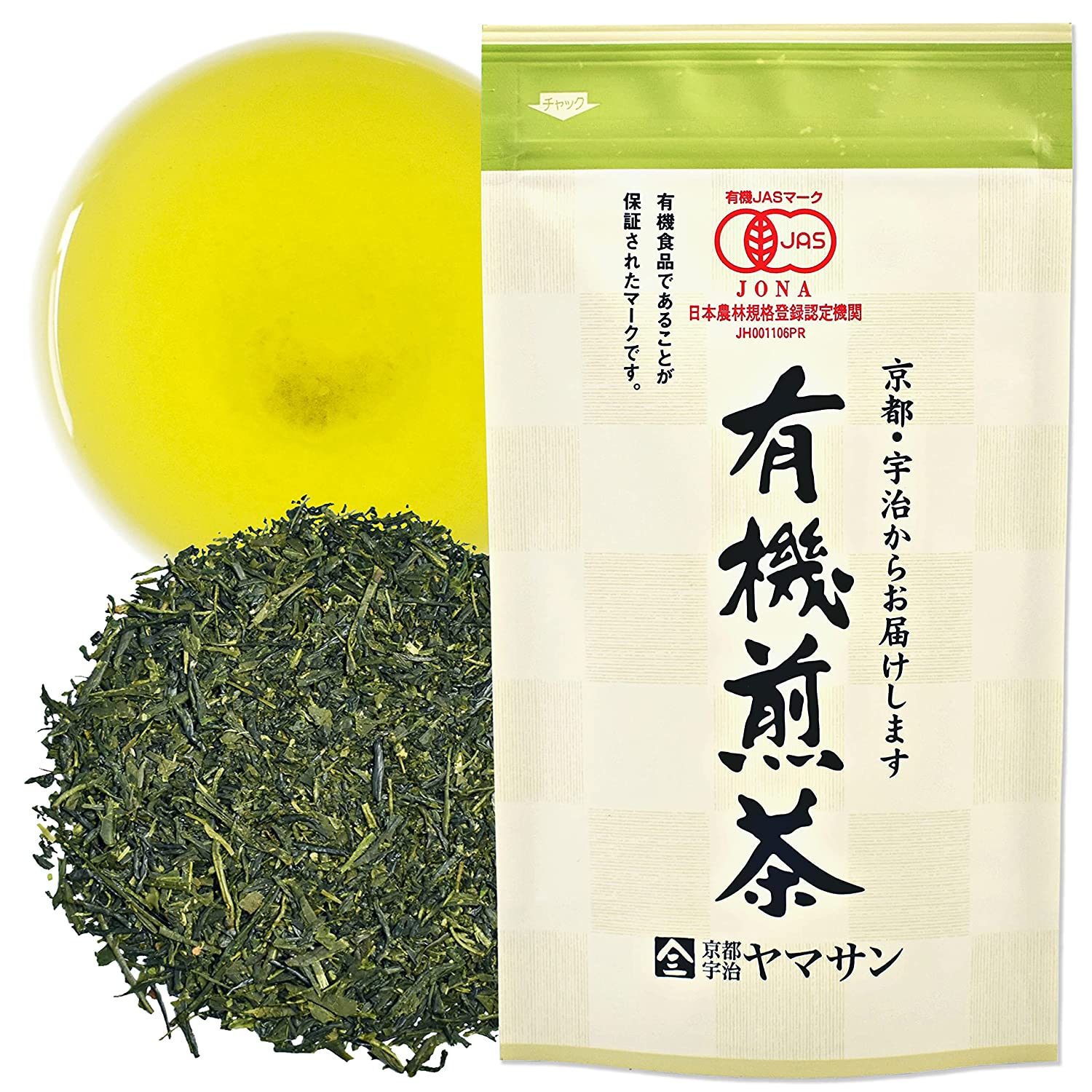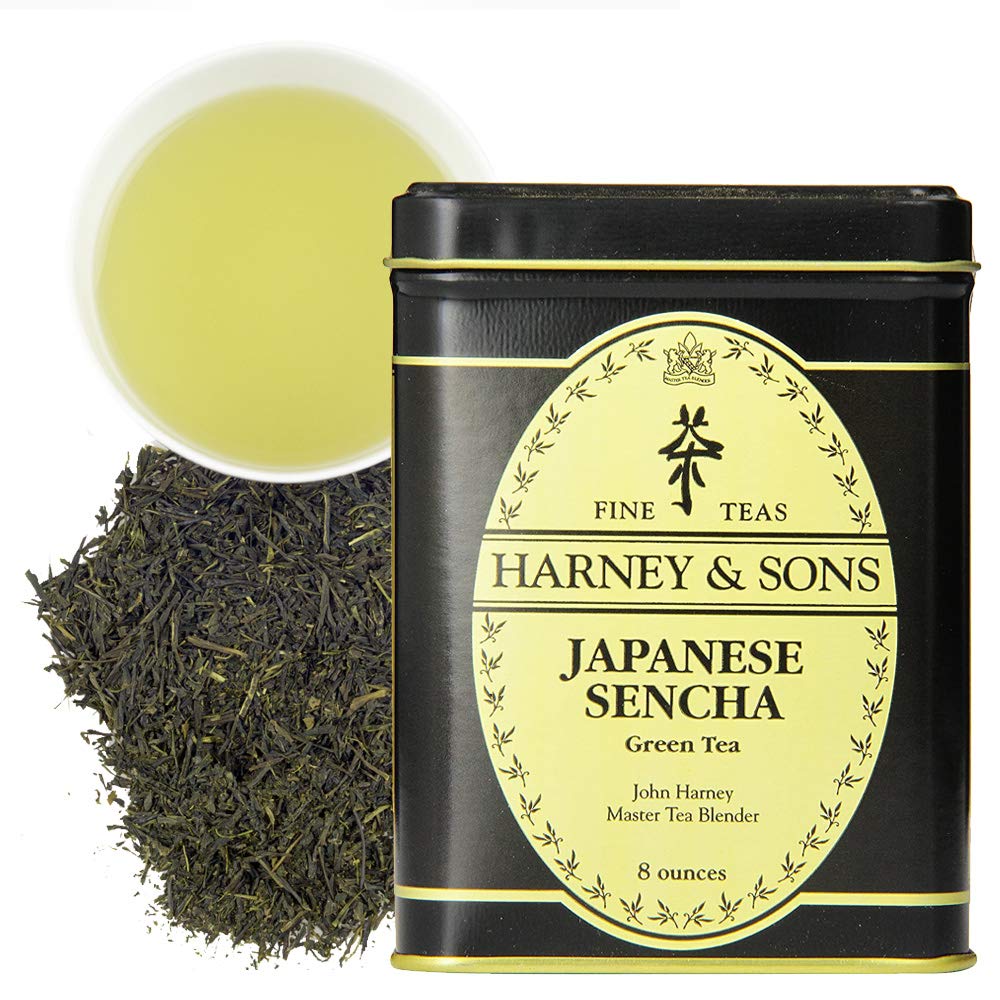Best Sencha Tea
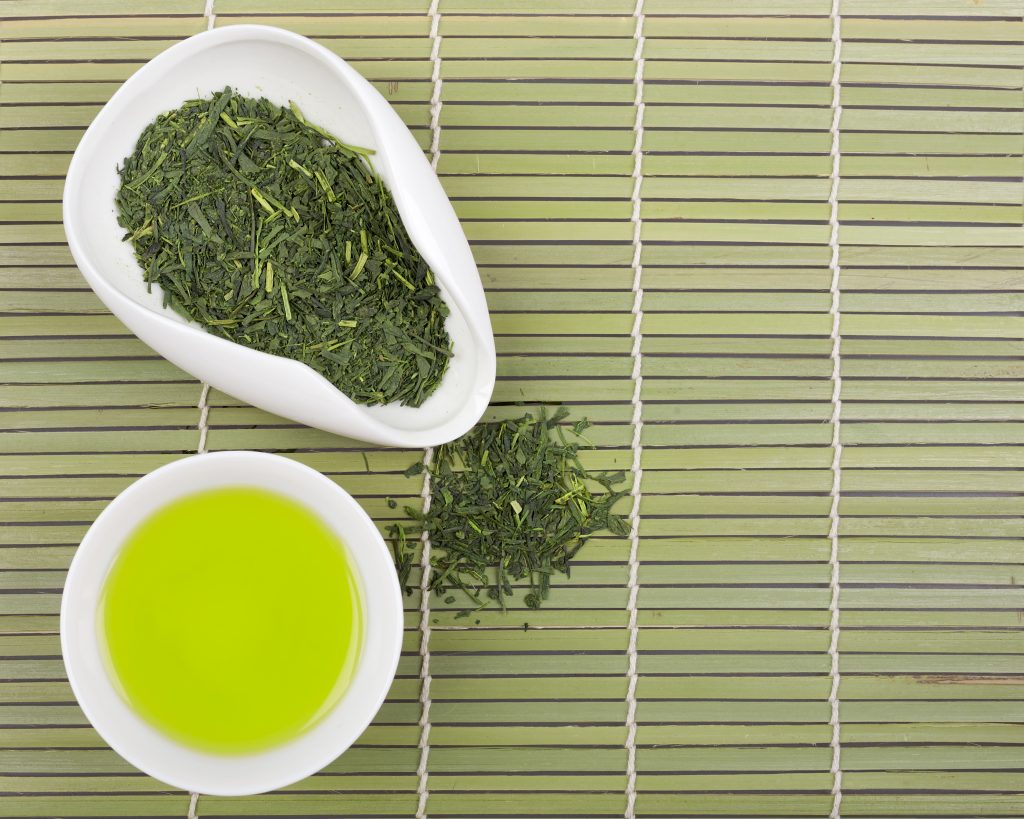
We pride ourselves on being green tea lovers and connoisseurs and when it comes to the best green tea, Sencha is at the top of our list. We have tried many Sencha teas with specific qualifications in mind. In order to qualify for our top 5 list, the Sencha tea had to be organic, have whole and fresh leaves, have a consistent flavor from different brewings, have a pleasant aroma, and have good reviews. We tested over 30 Sencha teas over the course of a few weeks and rated each quality from 1-10 with 10 being the highest. Here’s how the top 5 stacked up:
Our Recommendations for the Top Sencha Tea
#1 Tea Mind Body Sencha Green Tea - Best Overall
Coming in at our #1 spot is a Sencha from Tea Mind Body. Tea Mind Body is a family run business that blends and sells organic teas and organic herbs for common health concerns. They are focused on the health benefits of teas and herbs and even offer some custom blends. Their organic Sencha has a bold, smooth, grassy flavor with a bright green color.
Organic: 10
Whole, fresh leaves: 9
Flavor: 9.5
Aroma: 9
Reviews: 9
Overall: 9.3
# 2 Organic Japanese Sencha - First Harvest Saemidori Cultivar - Best Splurge
Our runner upis Matcha Konomi’s Sencha which is called Saemidori Sencha and is hand-picked from the first harvest. Their green teas are USDA organic and radiation free with testing that is performed regularly to ensure safety. They also offer a full refund if you’re not satisfied. Their Sencha is a deep green with a more intense spinach flavor.
Organic: 10
Whole, fresh leaves: 9
Flavor: 9
Aroma: 9
Reviews: 9
Overall: 9.2
#3 Ocha & Co. Premium Organic Japanese Sencha Loose Leaf Green Tea - Best Mild Sencha
Ocha & Co is very proud to have teas blended by the winner of the 46th Japanese Ministry of Agriculture tea competition. Their teas are 100% JAS Organic Certified and their Sencha tastes naturally sweet and fresh! While most agree that the flavor of this Sencha is pleasant and fresh, some say it isn’t as strong as other Senchas.
Organic: 10
Whole, fresh leaves: 9
Flavor: 8.5
Aroma: 9
Reviews: 9
Overall: 9.1
#4 Green Tea leaves Sencha, JAS Certified Organic,Japanese Uji-Kyoto - Best for Grassy Flavor
Chaganju is a Japanese company in Uji that purchases their Sencha directly from farmers in Japan. Their Sencha is 100% Japanese organic JAS certified and they offer a full refund if you don’t enjoy their tea. The flavor of their sencha is supposed to be one of the grassier varieties which isn’t for everyone so keep that in mind.
Organic: 10
Whole, fresh leaves: 8.5
Flavor: 8.75
Aroma: 9
Reviews: 9
Overall: 9.05
#5 Harney & Sons Japanese Sencha Green Tea - Best Value
Harney & Sons is a family run business that has 4 decades of tea experience. They buy their Sencha from a family in the Central Shizuoka Province in Japan that is well known for their tea production. This one has a smooth and mellow flavor and is a good quality for the price! However, some people say the flavor varied quite a bit between batches.
Organic: 10
Whole, fresh leaves: 8
Flavor: 8.5
Aroma: 9
Reviews: 9
Overall: 8.9
A little bit about Sencha
Sencha is the most common tea in Japan and is often referred to as Japanese tea. Like most Japanese green tea, Sencha leaves are steamed before the oxidation process progresses too much and then dried. Sencha tea has a wide variety of flavors including sweet, spinach, fresh, and grassy depending on which type of Sencha you get.
There are eight types of Sencha: Shincha (the first Sencha of the season), Asamushi (lightly steamed), Chumushi (moderately steamed), Fukamushi (deeply steamed), Kabusecha (grown in shade or covered), Hachijuhachiya Sencha (picked on the 88th day after Risshun), Jo Sencha (high quality), and Toku Jo Sencha (extra high quality). Lightly steamed Senchas tend to be more mild in flavor whereas the deeply steamed Senchas tend to be very strong in flavor. It can be good to experiment with different types of Sencha to determine which you enjoy best!
Should you buy Sencha tea bags or loose leaf?
Loose leaf tea is generally preferred over tea bags and this is especially true for Sencha. Loose leaf tea consists of whole leaves whereas tea bags contain bits, pieces, and dustings from whole leaves. Loose leaf tea tends to be fresher, has more flavor, and contains more essential oils whereas tea bags constrict the tea leaves and can be stale and flavorless. Tea bags can also restrict tea leaves from fully expanding and releasing all their beneficial antioxidants.
Is organic Green Tea important?
As with everything you consume, organic options are always superior because they will be free of harmful pesticides which can harm your health. Organic green tea also protects the environment and the farmers that handle the tea leaves from those harmful chemicals. Drinking green tea that is not organic sort of defeats the whole purpose of drinking tea in the first place if you’re drinking it for the health benefits.
How to get the most health benefits from your purchase
Sencha tea provides a huge variety of health benefits due to its high levels of antioxidants with the benefits compounding the more cups you drink. Here are some of the health benefits of Sencha:
Weight loss
The Caffeine and antioxidants can boost your metabolism and energy levels which can also increase your chances of doing some physical activity. In addition to the caffeine, green tea drinkers reported that they felt more inclined to work on their health and weight overall because they were already doing something healthy for their body.
Keeps teeth and gums healthy
Sencha naturally contains fluoride which can keep your teeth and gums healthy. The natural fluoride in Japanese green tea helps strengthen the enamel and protects your teeth from getting cavities. However, coffee and tea can also stain your teeth so don’t give up brushing just yet!
Prevents Heart Disease
Green tea has been shown to reduce triglycerides, LDL (bad cholesterol), and blood pressure which all contribute towards heart disease. This is due to the polyphenols in Japanese tea which prevent cholesterol from being absorbed.
Stabilizes Glucose Levels
Green tea leaves contain catechin polyphenols (epigallocatechin gallate (EGCG)) which reduce blood glucose levels in the digestive tract. EGCG functions like insulin and prevents the production of glucose which helps stabilize your blood sugar levels!
Boosts Memory
Green tea has been shown to aid in blood flow to your brain and can even increase the activity in the memory parts of your brain.
Increases Energy
Like other Japanese green tea, Sencha contains caffeine which can lead to an increase in focus and energy. While it does not have as much caffeine as coffee, it has enough to get the job done without the crash.
Boosts Immune System
Sencha green tea contains high levels of antioxidants and has many anti-viral and anti-inflammatory properties which helps prevent illnesses and diseases. The antioxidants contain some of the highest concentrations of vitamin E and vitamin C of any substance and are essential in keeping your immune system healthy.
How to incorporate green tea into your daily routine
Sencha is an excellent alternative for coffee in the morning, providing you with a smooth and clean boost of energy. It is also great in the afternoon for a soothing pick me up to help finish out your day. While green tea can be somewhat difficult to brew in a traditional western teapot, a Japanese teapot called kyusu can make brewing your Sencha effortless. It’s better to let your tea leaves brew freely rather than constrained. As with all teas, store it in an airtight container away from heat and light to help maintain freshness.
How to brew Sencha like a pro
We highly recommend you invest in a Kyusu (Japanese teapot) to brew it. Having a Kyusu teapot allows your tea leaves to expand better and release all of those healthy antioxidants you keep hearing about. A Kyusu teapot also has a built in mesh so you won’t need to use a strainer for the leaves. A 7-14 oz Kyusu teapot works best as you want to keep your batches small in order to enjoy fresh tea in every cup.
Boil fresh water and then cool
It’s important to boil your water and then let it cool to about 170 degrees before pouring it over your tea leaves. Cooling the water a bit prevents the boiling water from shocking the leaves and prevents having a bitter taste.
Add tea leaves to pot
Add about 2 tbsp, or adjust the amount based on your preference, to the teapot. It’s important to spread the tea leaves around a bit so they’re evenly distributed.
Pour cooled water into pot
Pour between 5-6 ounces of your 170 degree water over your tea leaves.
Let the tea brew
Brew your Sencha tea leaves for 90 seconds to 2 minutes time depending on how strong you’d like it to be.
Pour tea into cups
If you’re pouring Sencha into more than one cup, then it’s good to add a little to each cup first and then finish pouring so that the flavor is evenly distributed between the cups.
Enjoy!
Enjoy your sweet, grassy cup of Japanese green tea and keep coming back for more! If you’re going to steep your tea for another 1 or 2 infusions then be sure to add hotter water to the leaves and brew for a shorter amount of time.
*Note: All Senchas should maintain their flavor for 2 brews but some can last 3 brews. All other green teas vary in this regard as well. Something like the best matcha tea will only last for 1 brew, because you drink the ground leaves.
Interested in other green teas? Check out our latest reviews for Gyokuro and Genmaicha.

